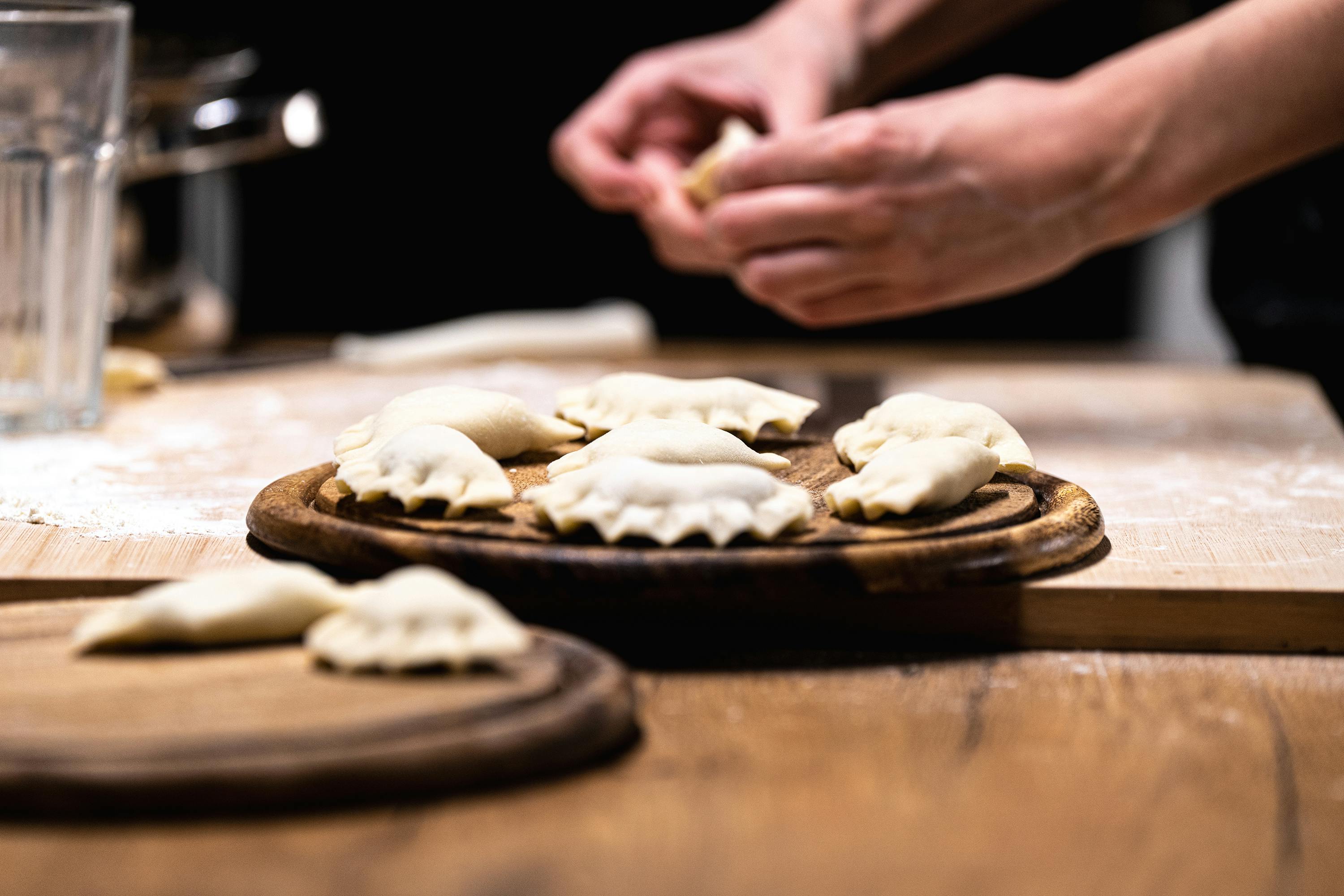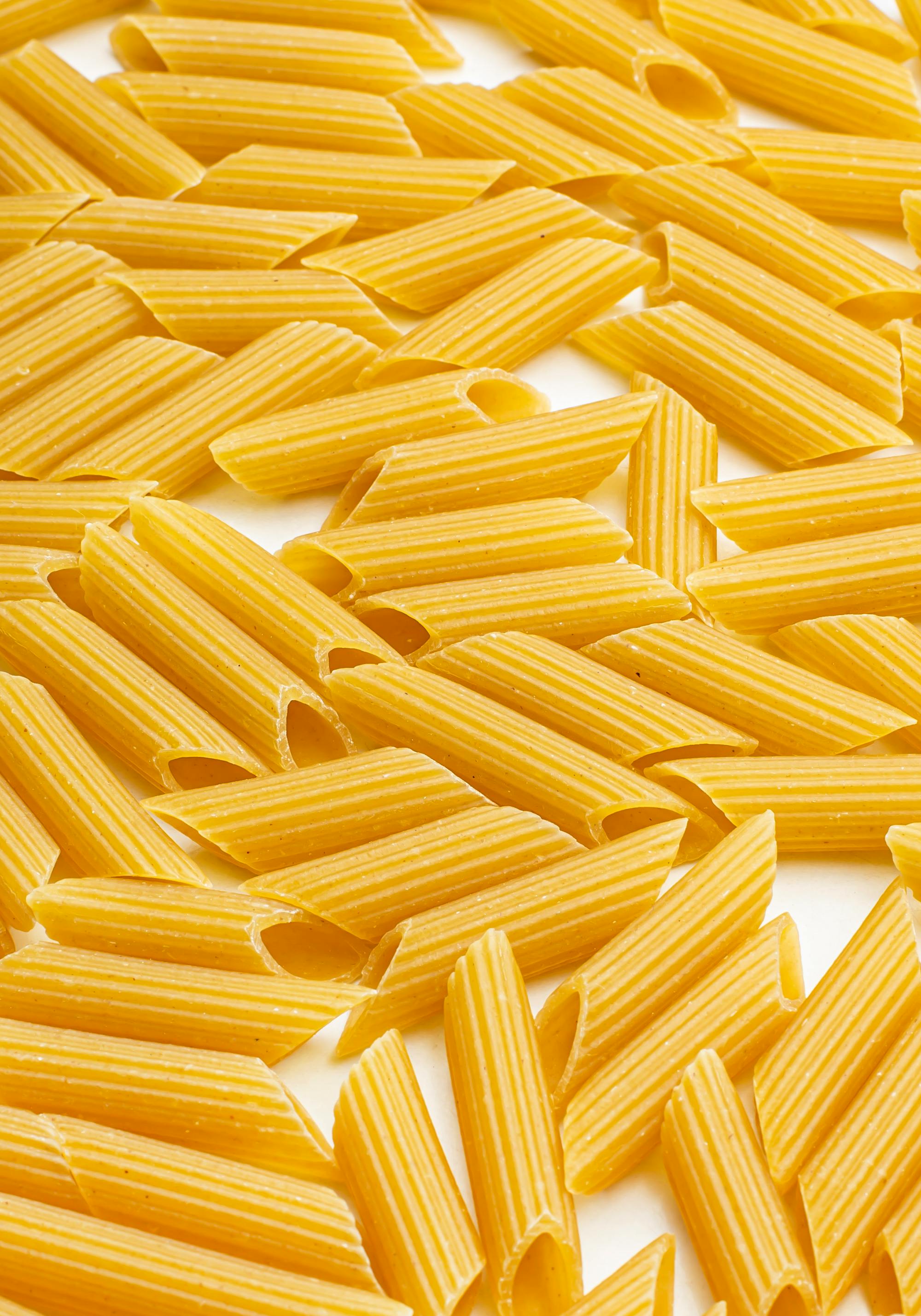Essential Guide to Painted Turtle Diet: Optimize Care in 2025

Essential Guide to Painted Turtle Diet: Optimize Care in 2025
When caring for a painted turtle, understanding its diet is essential for maintaining optimal health. These semi-aquatic reptiles require a balanced intake of nutrients to thrive, especially as their needs can vary based on age and habitat conditions. Whether you're a new owner or an experienced turtle enthusiast, this comprehensive guide will help you navigate the complexity of painted turtle nutrition in 2025.
The importance of a well-rounded diet for painted turtles cannot be overstated. This guide explores everything from their natural feeding behaviors to the various types of food suitable for different life stages. By following the recommendations outlined here, you can ensure your painted turtle receives the best nutrition possible, setting the stage for a healthy and happy life.
As we dive deeper, you will discover practical feeding strategies, learn about essential dietary components, and familiarize yourself with common mistakes to avoid. Let’s embark on this journey to optimize the care of your painted turtle through its diet!
Before we delve into specific feeding tips, let’s first explore the dietary preferences that drive their nutritional needs.
Understanding Painted Turtle Feeding Habits
Understanding the feeding habits of painted turtles is fundamental for providing the right diet. In the wild, painted turtles are omnivorous, meaning they consume both plant and animal matter. Their diet typically includes aquatic plants, insects, small fish, and various types of algae. Observing these natural eating habits can help you recreate a balanced diet in captivity.
One of the key characteristics of painted turtle feeding is their opportunistic nature. They will often adapt their diet based on the season and availability of food sources. For instance, during warmer months, they lean more towards protein-rich foods such as insects and worms, while in cooler months, they may consume more plant materials.
This adaptability is a crucial aspect of ensuring you provide a proper diet for your turtle. It’s beneficial to diversify their food intake to mimic these natural habits, promoting optimal health and preventing nutritional deficiencies.
Moreover, recognizing the signs of hunger in your painted turtle can make a difference in feeding success. Turtles may exhibit increased activity or more pronounced interest in their environment when they are hungry. Keeping a consistent feeding schedule can help in monitoring their food intake and ensuring they are eating adequately.
Transitioning from an understanding of their habits, let's discuss the best food options for painted turtles to include in their diets.
Best Food for Painted Turtles
When it comes to the best food for painted turtles, variety and balance are crucial. Incorporating a mix of commercial turtle food, fresh vegetables, and live food will ensure that your turtle receives a comprehensive range of nutrients. Commercial turtle pellets designed specifically for painted turtles can serve as the foundation of their diet, providing essential vitamins and minerals.
The nutritional profile of a good commercial turtle food should include high-quality proteins and a variety of other nutrients. Look for products that specify they are suitable for omnivorous turtles and include ingredients like fish meal or shrimp meal.
Additionally, fresh vegetables should be included regularly in their diet to fulfill their fiber requirements. Dark leafy greens, such as kale and collards, are excellent options. Suitable vegetables also include carrots and bell peppers, which provide important vitamins and minerals. Offering a mix of these greens will prevent dietary monotony and keep your turtle interested in their food.
Live food options, such as mealworms, crickets, or earthworms, are popular among painted turtles due to their high protein content. These can be offered as occasional treats to encourage natural hunting behaviors and keep feeding engaging. However, ensure that these live foods are sourced safely to avoid any diseases.
Incorporating fruits suitable for painted turtles, like strawberries and blueberries, can provide additional vitamins and hydration. Always feed fruits in moderation, as they are typically higher in sugar compared to other food types.
Having learned about the best food options, we will now examine the nutritional components that support healthy growth in painted turtles.
Understanding Painted Turtle Nutrition
Nutritional balance is vital for the health of painted turtles. It is essential to ensure that their diet includes adequate protein sources, vitamins, minerals, and fiber. Specific protein sources for painted turtles include insects and high-quality commercial turtle food that mentions protein content on the packaging.
Calcium is another critical component of painted turtle nutrition. It plays a significant role in maintaining bone health and shell integrity. Calcium-rich foods such as cuttlebone or calcium dusted vegetables should be included in their diet. Additionally, providing calcium supplements can help, particularly for young or growing turtles.
Vitamins are important as well. Without proper vitamin intake, turtles can develop health issues leading to serious conditions. A suitable multivitamin designed for turtles can provide the missing nutrients that may not be sufficient in their diet. To support their immune system and overall well-being, avoid skipping on these nutritional supplements.
Similarly, understanding the fiber needs of painted turtles is important to promote healthy digestion. High-fiber foods such as leafy greens and certain aquatic plants should form part of their diet. This mix helps in achieving a proper digestive balance and avoids any gastrointestinal issues.
To reach the overall goal of a balanced diet, monitoring the specific needs of turtles as they grow is essential. Juvenile and adult painted turtles have slightly different dietary requirements based on their age, activity level, and environment. As such, feeding schedules should be tailored accordingly to address these differences.
Next, let’s discuss practical tips for feeding your painted turtles, ensuring they receive comprehensive nutrition.
Feeding Tips for Painted Turtles
Feeding painted turtles requires attention to a few fundamental tips. To start, establishing a consistent feeding schedule is important. For juvenile painted turtles, feeding two to three times a week is typically sufficient, while adults can be fed once daily. This frequency ensures they receive adequate nutrition without overfeeding.
Paying attention to portion sizes is another critical factor. A common question arises: how much to feed painted turtles? The general rule is to offer food that is roughly equivalent to the size of their shell. This method helps in preventing obesity and maintains a healthy weight.
When introducing new food, it's crucial to do so gradually. Painted turtles can be picky eaters, and suddenly changing their diet may lead to them refusing food altogether. To encourage acceptance, mix the new food with their regular diet until they become accustomed to it.
Additionally, avoid common mistakes, such as overfeeding, which can lead to various health issues like shell deformation and metabolic problems. Monitor your turtle’s weight and adjust their feeding accordingly.
In terms of feeding environment, creating a stress-free setting can significantly enhance their eating experience. Minimize disturbances during feeding time and ensure their habitat is clean and conducive to feeding behavior.
Understanding dietary adjustments is also vital, especially during seasonal changes. Painted turtles experience shifts in behavior and appetite with temperature changes; hence, their food types may need to be varied accordingly.
After discussing feeding practices, let's explore the common dietary mistakes owners make and how to avoid them.
Common Mistakes in Feeding Painted Turtles
Feeding painted turtles can be straightforward, but owners often make specific dietary mistakes that can adversely affect their health. One frequent error is sticking to a limited diet without variety. Painted turtles need a mix of protein, vegetables, and occasional fruits to maintain a balanced diet.
Another common mistake is neglecting calcium intake. Without sufficient calcium, turtles may experience soft shell development or other serious health concerns. Make it a routine to include calcium-rich foods or supplements as part of their diet to prevent such issues.
Monitoring portion sizes and adhering to feeding schedules is essential as well. Overfeeding can lead to obesity, while underfeeding can stunt growth, especially in juveniles. Remember to use their shell size as size guidance for portions. Adjust the feeding amount according to their age and activity level.
Additionally, failing to recognize the signs of dietary issues can hinder their health management. Monitoring for indications such as lethargy or shell deformities can help you identify problems early and take action.
Creating a feeding chart can be a valuable tool, allowing you to track what and how much your turtle eats. This documentation assists in identifying any changes in feeding habits and adjusting diets as necessary.
Recognizing common painted turtle health issues linked to diet can enhance your feeding practices. By educating yourself on dietary needs, you can provide for your painted turtle effectively, ensuring optimal health.
Now that we’ve tackled common mistakes, let’s wrap up with a Q&A section to address some frequently asked questions regarding painted turtle nutrition.
Q&A Section
Q: What do painted turtles eat in the wild?
A: In the wild, painted turtles are omnivorous and enjoy a diverse diet that includes aquatic plants, insects, small fish, and algae. Mimicking this diet in captivity is essential for their health.
Q: How often should I feed my painted turtle?
A: Juvenile painted turtles should be fed 2-3 times a week, while adults can be fed once daily. The frequency can be adjusted based on their age and activity level.
Q: Can I feed my painted turtle fruits?
A: Yes, fruits such as strawberries and blueberries can be offered as treats, but they should be given in moderation due to their higher sugar content.
Q: What if my painted turtle refuses food?
A: If your turtle refuses food, ensure you are not offering the same items repeatedly. Try introducing new foods gradually and adjust their feeding environment to reduce stress.
Q: How can I ensure my painted turtle gets enough calcium?
A: Incorporate calcium-rich foods such as cuttlebone, as well as consider supplementing their diet with calcium powder to ensure they meet their nutritional needs.
By adhering to these guidelines on feeding, you can optimize your painted turtle care, ensuring they lead a healthy and happy life.
 example.com/image2.png
example.com/image2.png
 example.com/image3.png
example.com/image3.png